Elif Ak
Adaptive Intrusion Detection for Evolving RPL IoT Attacks Using Incremental Learning
Nov 14, 2025Abstract:The routing protocol for low-power and lossy networks (RPL) has become the de facto routing standard for resource-constrained IoT systems, but its lightweight design exposes critical vulnerabilities to a wide range of routing-layer attacks such as hello flood, decreased rank, and version number manipulation. Traditional countermeasures, including protocol-level modifications and machine learning classifiers, can achieve high accuracy against known threats, yet they fail when confronted with novel or zero-day attacks unless fully retrained, an approach that is impractical for dynamic IoT environments. In this paper, we investigate incremental learning as a practical and adaptive strategy for intrusion detection in RPL-based networks. We systematically evaluate five model families, including ensemble models and deep learning models. Our analysis highlights that incremental learning not only restores detection performance on new attack classes but also mitigates catastrophic forgetting of previously learned threats, all while reducing training time compared to full retraining. By combining five diverse models with attack-specific analysis, forgetting behavior, and time efficiency, this study provides systematic evidence that incremental learning offers a scalable pathway to maintain resilient intrusion detection in evolving RPL-based IoT networks.
WBHT: A Generative Attention Architecture for Detecting Black Hole Anomalies in Backbone Networks
Jul 27, 2025Abstract:We propose the Wasserstein Black Hole Transformer (WBHT) framework for detecting black hole (BH) anomalies in communication networks. These anomalies cause packet loss without failure notifications, disrupting connectivity and leading to financial losses. WBHT combines generative modeling, sequential learning, and attention mechanisms to improve BH anomaly detection. It integrates a Wasserstein generative adversarial network with attention mechanisms for stable training and accurate anomaly identification. The model uses long-short-term memory layers to capture long-term dependencies and convolutional layers for local temporal patterns. A latent space encoding mechanism helps distinguish abnormal network behavior. Tested on real-world network data, WBHT outperforms existing models, achieving significant improvements in F1 score (ranging from 1.65% to 58.76%). Its efficiency and ability to detect previously undetected anomalies make it a valuable tool for proactive network monitoring and security, especially in mission-critical networks.
X-CBA: Explainability Aided CatBoosted Anomal-E for Intrusion Detection System
Feb 01, 2024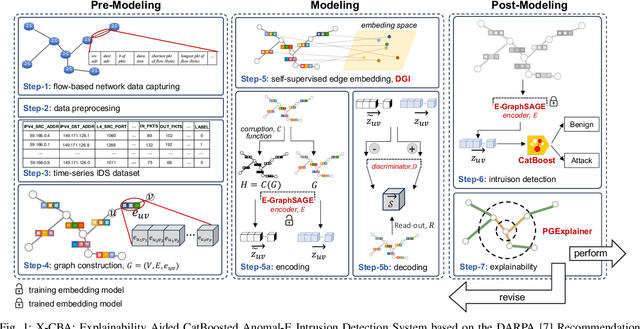
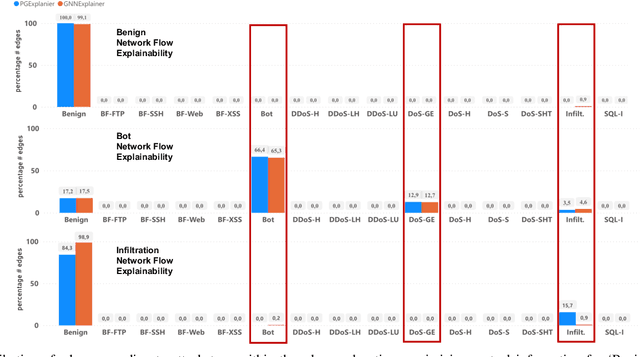
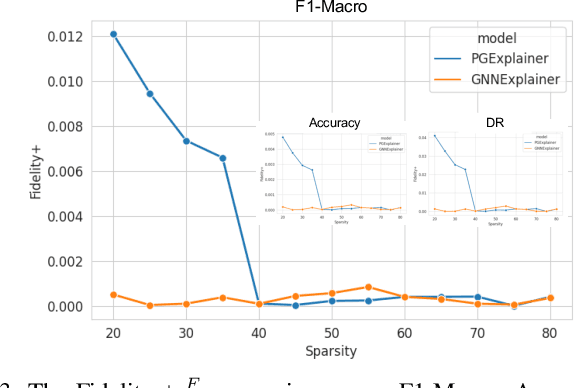

Abstract:The effectiveness of Intrusion Detection Systems (IDS) is critical in an era where cyber threats are becoming increasingly complex. Machine learning (ML) and deep learning (DL) models provide an efficient and accurate solution for identifying attacks and anomalies in computer networks. However, using ML and DL models in IDS has led to a trust deficit due to their non-transparent decision-making. This transparency gap in IDS research is significant, affecting confidence and accountability. To address, this paper introduces a novel Explainable IDS approach, called X-CBA, that leverages the structural advantages of Graph Neural Networks (GNNs) to effectively process network traffic data, while also adapting a new Explainable AI (XAI) methodology. Unlike most GNN-based IDS that depend on labeled network traffic and node features, thereby overlooking critical packet-level information, our approach leverages a broader range of traffic data through network flows, including edge attributes, to improve detection capabilities and adapt to novel threats. Through empirical testing, we establish that our approach not only achieves high accuracy with 99.47% in threat detection but also advances the field by providing clear, actionable explanations of its analytical outcomes. This research also aims to bridge the current gap and facilitate the broader integration of ML/DL technologies in cybersecurity defenses by offering a local and global explainability solution that is both precise and interpretable.
A YANG-aided Unified Strategy for Black Hole Detection for Backbone Networks
Feb 01, 2024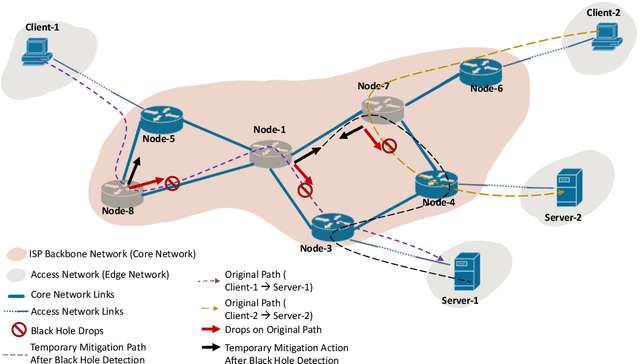
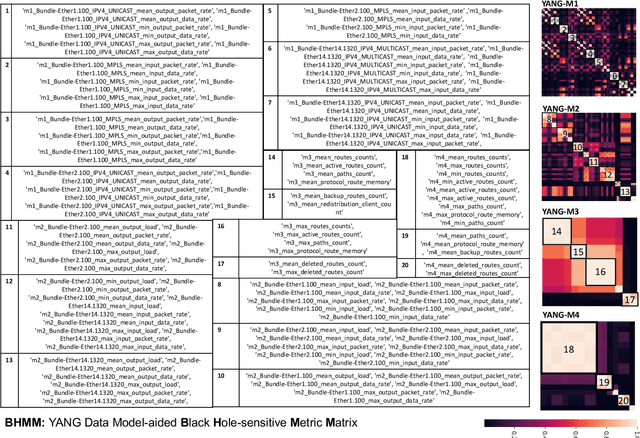
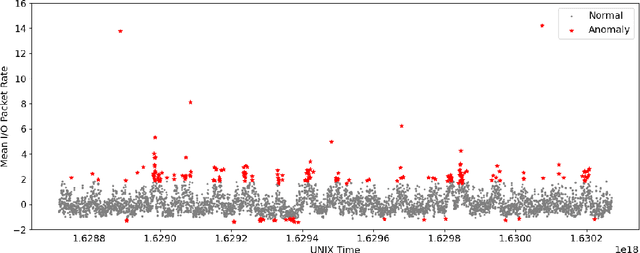
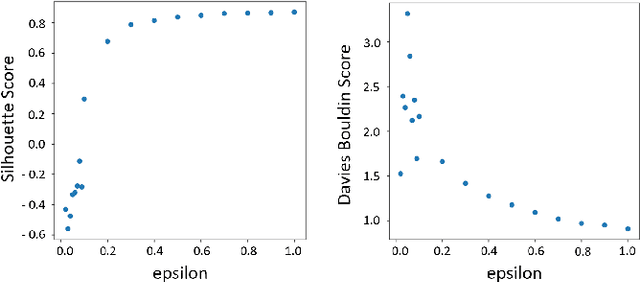
Abstract:Despite the crucial importance of addressing Black Hole failures in Internet backbone networks, effective detection strategies in backbone networks are lacking. This is largely because previous research has been centered on Mobile Ad-hoc Networks (MANETs), which operate under entirely different dynamics, protocols, and topologies, making their findings not directly transferable to backbone networks. Furthermore, detecting Black Hole failures in backbone networks is particularly challenging. It requires a comprehensive range of network data due to the wide variety of conditions that need to be considered, making data collection and analysis far from straightforward. Addressing this gap, our study introduces a novel approach for Black Hole detection in backbone networks using specialized Yet Another Next Generation (YANG) data models with Black Hole-sensitive Metric Matrix (BHMM) analysis. This paper details our method of selecting and analyzing four YANG models relevant to Black Hole detection in ISP networks, focusing on routing protocols and ISP-specific configurations. Our BHMM approach derived from these models demonstrates a 10% improvement in detection accuracy and a 13% increase in packet delivery rate, highlighting the efficiency of our approach. Additionally, we evaluate the Machine Learning approach leveraged with BHMM analysis in two different network settings, a commercial ISP network, and a scientific research-only network topology. This evaluation also demonstrates the practical applicability of our method, yielding significantly improved prediction outcomes in both environments.
 Add to Chrome
Add to Chrome Add to Firefox
Add to Firefox Add to Edge
Add to Edge